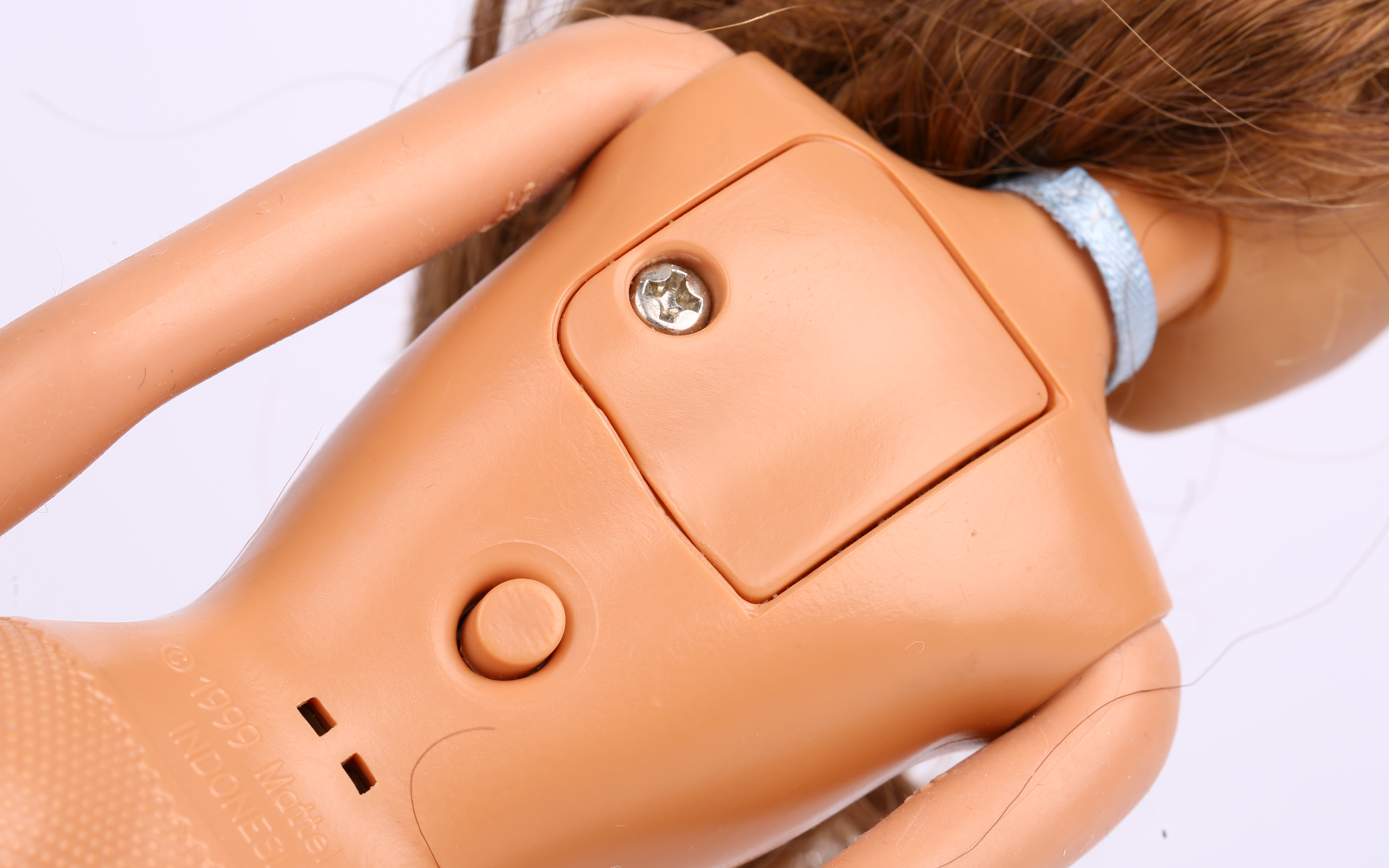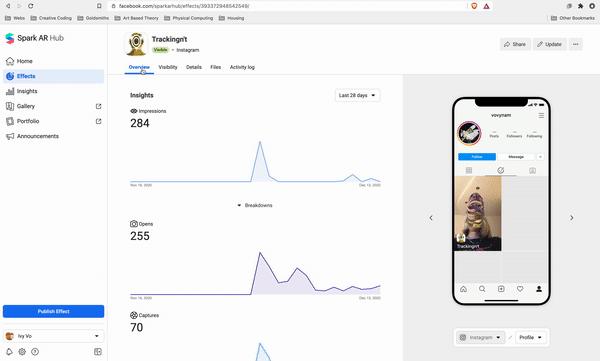

Standardised Beauty in Dystopian Future
The introduction
The growth of augmented filters and beauty filters (which can be combined as selfie filters) is making us crave the similar, and the unique. What happens when we can facetune to something “better”, generate something familiar, and filter to something different in future dystopia? Through this research, we want to explore the relationship between our narcissism, vulnerability with social media, where selfie filters act as a tool to examine how social media affects our perceptions of self and beauty in the future.
* Produced by: Seyeon Park, Ivy Vo
A beauty filter is a photo-editing tool that allows users to smooth out their skin, enhance their lips and eyes, contour their nose, alter their jawline and cheekbones, etc. The obsession with looking like Barbie has now shifted onto Kardarshian-esque: clear skin, high cheekbones, catlike eyes, long lashes, a small nose, full lips. Filtered images “blurring the line of reality and fantasy” could be triggering body dysmorphic disorder (BDD), a mental health condition where people become fixated on imagined defects in their appearance (The Guardian, 2020) or ‘Snapchat dysmorphia’, where patients are seeking out surgery to help them appear like the filtered versions of themselves. Between makeup and filters, we're creating a homogenised expression of beauty.
The selfie filters
The filtered images circulating on the internet and on platforms train our gaze to recognise these as ‘authentic’ images. This causes the danger that users become accustomed to this adjusted, ‘conformed’ appearance, which in turn might influence self-perception and the view of others. Most of the time, our normal eyes cannot distinguish between non-processed images and images retouched with filters. This helps create stereotypes that influence perception through the repeated use of the same filters, with the result that the characteristics of these filters are themselves perceived as ‘beautiful’. Our self-perception then changes and the digital self seems more familiar than the real self that we see in the mirror. Filters that give us unblemished skin, longer eyelashes and brighter eyes can starkly contrast with our own real bodies. These unrealistic images promoted are associated with development of eating disorders and body dissatisfaction disorders, insecurity and depression.
Spark AR, a popular platform for selfie filters creators, has removed all effects related to plastic surgery after wellbeing concerns. Though they are made by independent creators, the platform is responsible for approving the filters. Facebook still lets filters with minor changes that have a big impact (thicker lips, smaller nose bridge) slide.
The privacy
Selfie filters need image databases in order to ‘recognise’ the uploaded image and to compare it with other images, so that the filters can be correctly applied. Nothing is questionable about the filters themselves in terms of data protection, but there may well be concerns about the apps and the companies behind them. Some apps gain background access to contact lists and this may even happen without consent.
The research process
There is no better way to start our research with the most used visual-based social media platform, Instagram. We came up with a small questionnaire and posted it to our accounts to get more insights on current issues that could be the roots of dystopia. During the research, a lot of more issues have emerged on a deeper level, especially on privacy and racism (which are discussed in the podcast). We later combined the data collected with our continuous research from the proposal to visualise the potential and possibilities for the artefact. Inspired by Geraldine Wharry’s Future Facing Beauty (Wharry, 2020), we came up with some sketches shown below


The artefact
A personality type test usually seen in beauty magazines which lead to an AR filter accordingly.
We used SparkAR by Facebook to produce the filters. Facebook published research in 2014 detailing DeepFace , its system for facial recognition, which was implemented to automatically identify people in Facebook photos so they could be more easily tagged. Then in 2016, Facebook released more research about how it could better refine localization and segmentation (Learning to Segment - Facebook Research, 2016). It released two tools called DeepMask and SharpMask, which identified what was in the image and then drew lines around the objects. It’s likely the work of DeepMask and SharpMask is the face recognition framework that Spark AR uses.
This level of curation, as well as the extremely limited set of tools given to creators, implies that it’s unlikely that Instagram filters are malicious or invading users' privacy. The tools given to creators monitor how many people have used the tool and shared it, but not explicit data on who has used it.


Conclusion
In the recent set of experimental studies, we found that despite the result indicating that the majority believe the future is leaning towards a dystopian direction, some still have high hopes about an utopia. The way in which we look in the future, either dystopia or utopia, will be conceived from both needs as we adjust to crumbling conditions on our planet and patterns as well respond, oppose and react to our surroundings. Beauty will not be about perfection, but it will be transforming and survival.
To take this quiz, please follow the link. Listen to our podcast below:
Bibliography
Azuma, R , Baillot, Y, Behringer, R, Feiner, S, Julier, S and MacIntyre, B., 2001, “Recent Advances in Augmented Reality.” IEEE Computer Graphics and Applications (6), pp. 34-47.
Azuma, R. 1997, “A Survey of Augmented Reality.” Presence: Teleoperators and Virtual Environments 6, no.4, pp. 355- 385.
CodeParade, 2017. Computer Generates Human Faces. . Available at: <https://www.youtube.com/watch?v=4VAkrUNLKSo&feature=emb_logo> [Accessed 2 December 2020].
Dazed, 2020. Dazed Beauty: Learn How We Put Kylie Jenner Through A Beauty AI. . Available at: <https://www.youtube.com/watch?v=q2HfinOnIPk&t=70s> [Accessed 5 December 2020].
Eshiet, Janella, "“REAL ME VERSUS SOCIAL MEDIA ME:” FILTERS, SNAPCHAT DYSMORPHIA, AND BEAUTY PERCEPTIONS AMONG YOUNG WOMEN" (2020). Electronic Theses, Projects, and Dissertations. 1101. https://scholarworks.lib.csusb.edu/etd/1101
Facebook Research. 2014. Deepface: Closing The Gap To Human-Level Performance In Face Verification - Facebook Research. [online] Available at: <https://research.fb.com/publications/deepface-closing-the-gap-to-human-level-performance-in-face-verification/> [Accessed 13 December 2020].
Facebook Research. 2016. Learning To Segment - Facebook Research. [online] Available at: <https://research.fb.com/blog/2016/08/learning-to-segment/> [Accessed 13 December 2020].
Insider. 2017. How Smartphone Beauty Filters Whiten Your Skin - Insider. [online] Available at: <https://www.insider.com/samsung-huawei-smartphone-beauty-filters-whiten-your-skin-2017-8?amp> [Accessed 5 December 2020].
Nadine Barrett-Maitland and Jenice Lynch (February 5th 2020). Social Media, Ethics and the Privacy Paradox, Security and Privacy From a Legal, Ethical, and Technical Perspective, Christos Kalloniatis and Carlos Travieso-Gonzalez, IntechOpen, DOI: 10.5772/intechopen.90906. Available from: https://www.intechopen.com/books/security-and-privacy-from-a-legal-ethical-and-technical-perspective/social-media-ethics-and-the-privacy-paradox
Selfridges.com. 2020. Future Facing Beauty | | Selfridges. [online] Available at: <https://www.selfridges.com/GB/en/features/articles/beauty/spotlight-on/future-facing-beauty/?cm_mmc=Social-_-selfridges-igbio-_-video-_-200520futurefacingbeauty&utm_campaign=na_futurefacingbeauty_video_na_na_&utm_medium=socialo&utm_source=selfridges-igbio> [Accessed 2 December 2020].
The Guardian. 2016. A Beauty Contest Was Judged By AI And The Robots Didn't Like Dark Skin. [online] Available at: <https://www.theguardian.com/technology/2016/sep/08/artificial-intelligence-beauty-contest-doesnt-like-black-people> [Accessed 5 December 2020].
The Guardian. 2020. Faking It: How Selfie Dysmorphia Is Driving People To Seek Surgery. [online] Available at: <https://www.theguardian.com/lifeandstyle/2019/jan/23/faking-it-how-selfie-dysmorphia-is-driving-people-to-seek-surgery> [Accessed 2 December 2020].
TIME.com. 2010. Breaking News, Analysis, Politics, Blogs, News Photos, Video, Tech Reviews - TIME.Com. [online] Available at: <http://content.time.com/time/business/article/0,8599,1954643,00.html> [Accessed 4 December 2020].































































